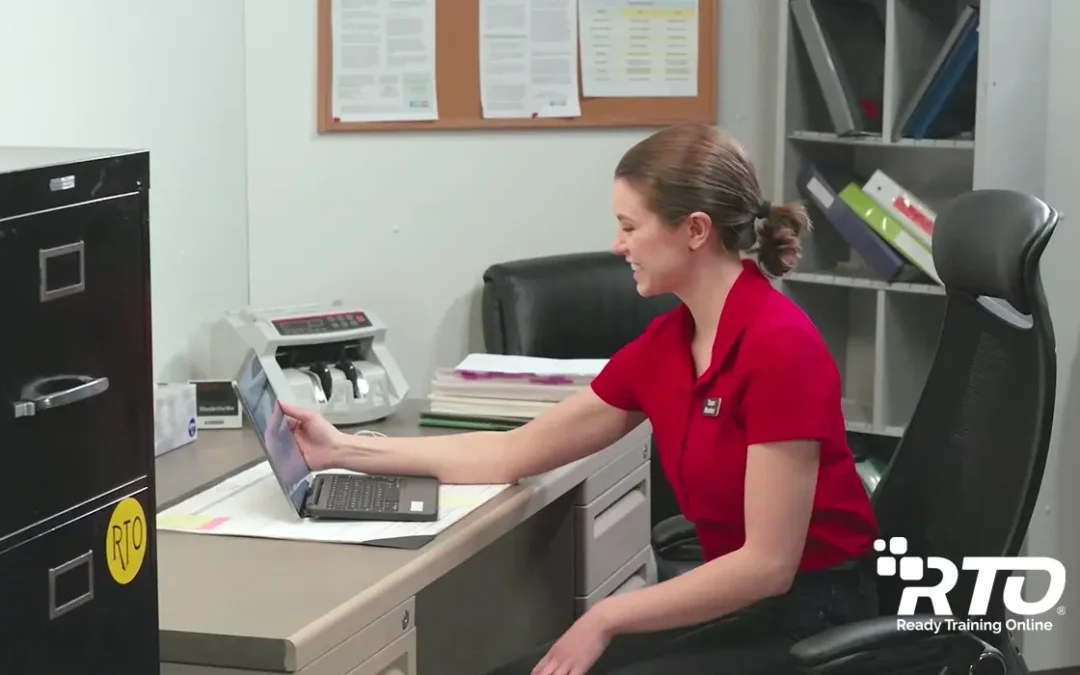Professional development is a constantly moving target. Employees may come to their jobs with education and past experience, but ultimately it’s the organization’s responsibility to make sure they are well-trained for the specific position for which they’ve been hired and prepared when their roles and responsibilities inevitably evolve. That’s where upskilling and reskilling come in.
Upskilling and Reskilling Defined
You have probably heard these terms used recently – perhaps even frequently. But what exactly do they mean? While their definitions may seem similar, they are two very different things.
Upskilling – This is the process by which you train employees in additional skills to enhance their ability to perform their current jobs. This is most common when preparing employees for a promotion or simply enabling them to grow and branch out within their current position.
Reskilling – This is the process of teaching an employee a completely new set of skills in order to move them to a different department or position. This commonly occurs when a valuable employee’s current position has become redundant, but their skills and knowledge of the company can still be used elsewhere.
Why Upskilling and Reskilling Are Important
Digital technology: The world of technology is evolving at an ever-increasing rate, and whether you like it or not, technology is becoming more vital to business every day. In order to meet this demand, your employees will need constant upskilling and reskilling to stay on top of these digital advancements.
Automation: More and more roles are being replaced by machines that can do the job faster and more efficiently. While positions are being replaced, valuable employees can be retrained to perform other roles within the organization, saving time and money on hiring new employees.
Staffing shortages: With so many companies struggling with hiring, reskilling and upskilling help fill the gaps on your staff. It also saves you the time and money of a lengthy hiring process.
Employee loyalty: Your employees want you to invest in their future. Studies have shown that employees are more likely to be loyal to an employer that is willing to provide them with additional training and educational opportunities. They want to feel confident they have a future with your company and providing opportunities for upskilling helps reassure them.
Upskilling and Reskilling in Your Organization
As technological advances continue, the need for skills training will only grow, which is why now is the best time to implement a strategy for upskilling and reskilling. Here are a few suggestions for approaching reskilling and upskilling within your organization:
- Evaluate your organization’s needs on a regular basis and determine where skill gaps exist.
- Request feedback from employees on skills they would like to develop or improve, or areas of interest within your organization they would like to pursue.
- Listen to and observe your employees; sometimes you may recognize traits that would be more valuable in a different position.
- Develop ongoing career progression training to provide employees with professional development opportunities.
How An LMS Can Aid in Reskilling and Upskilling
Take advantage of the features of your learning management system (LMS) to implement a strategy for upskilling or reskilling within your organization. Developing custom learning paths and automating training through your LMS will allow employees to continue learning beyond their onboarding period.
Upskilling with trainingGrid®
trainingGrid® is an LMS developed with you and your employees in mind. Its intuitive design makes learning management simple and allows employees to begin training with just a click. This flexible system comes with a variety of robust features customizable to fit your needs in addition to built-in reporting and certification tools that track your compliance documentation.





